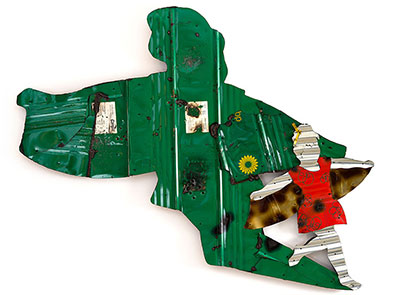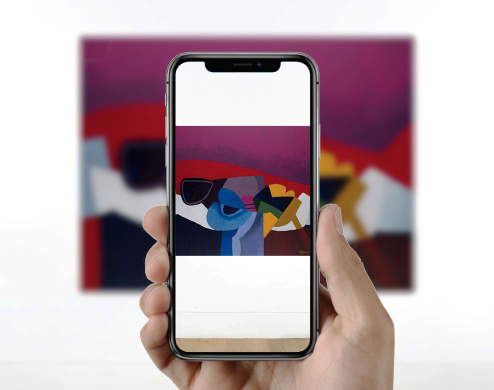Art Dubai Portrait Exhibitions is an online solo artist exhibitions programme, diving into the life and practice of a selection of some of the finest practitioners across the Global South, with works available to acquire.
The inaugural season, ran through February 2021, will have a regional focus on home-based and diaspora Middle Eastern artists. The exhibitions from the first season are still available to explore below.
Timo Nasseri
Timo Nasseri’s Art Dubai Portrait Exhibition explores his most recent body of work, A Universal Alphabet, reflecting on the universality of geometrical patterns and creating a visual code that brings different shapes to life.
Enter your email to access the exhibition
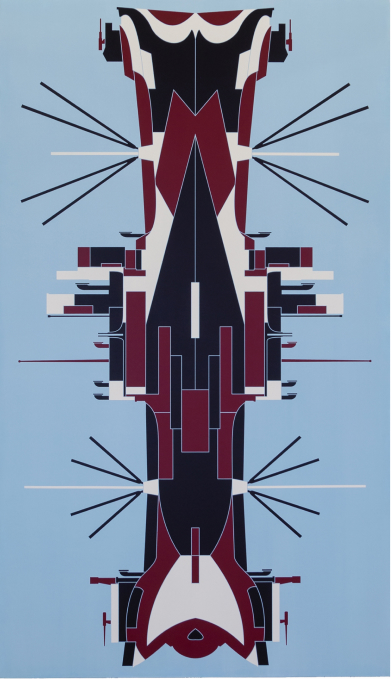
Mohamed Ahmed Ibrahim
Mohamed Ahmed Ibrahim’s exhibition showcases a selection of the Emirati artist’s monochromatic works, examining his relationship with the landscape of his birthplace and the meditative nature of his practice.
Enter your email to access the exhibition
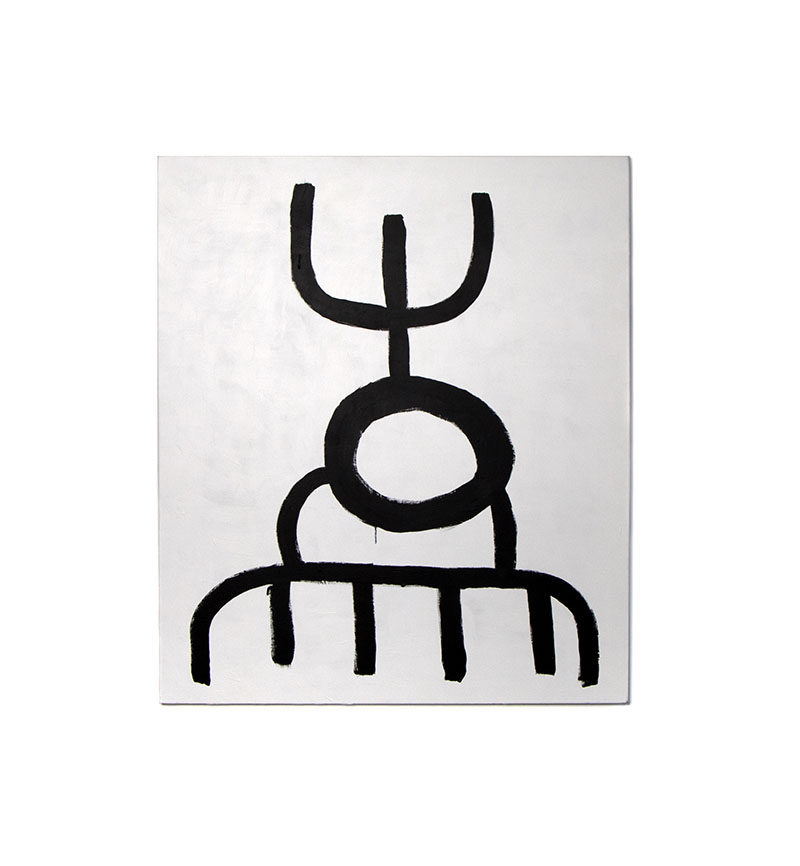
Dia al-Azzawi
Dia al-Azzawi’s exhibition examines the prolific career of the Iraqi artist, recognised as a pioneer of modern Arab art, through a selection of his works from the 1960s until the present day, including paintings, sculptures and prints.
Enter your email to access the exhibition
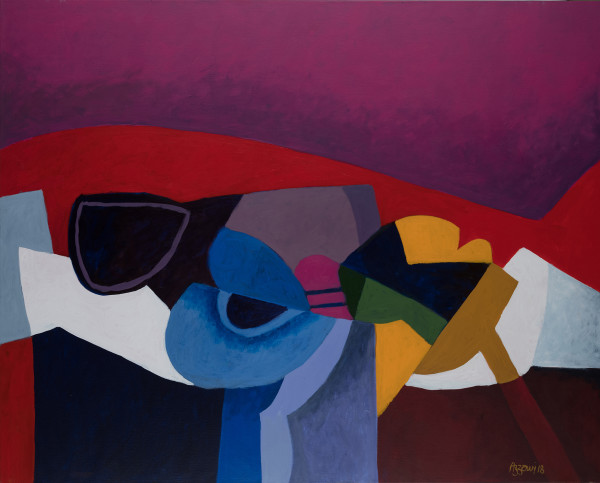
Naqsh Collective
The sister duo Nisreen and Nermeen Abudail behind Naqsh Collective explore traditional narratives, folklore and motifs through a selection of design-art pieces. Using Palestinian embroidery as a starting point, the Collective offers a permanence to the stories told through this delicate, age-old tradition by deconstructing its basic elements and reinterpreting them using solid, elemental materials — such as marble, wood and brass — that stand the test of time.
Enter your email to access the exhibition
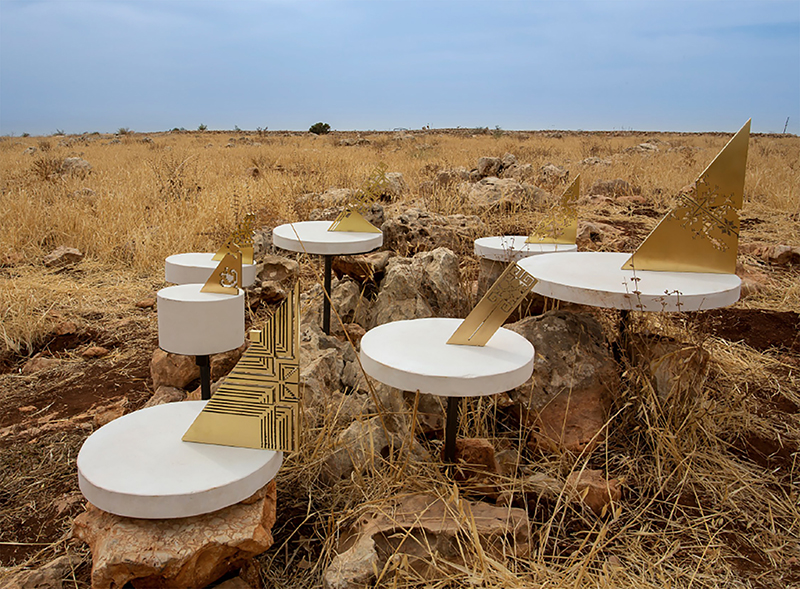
Aya Haidar
Lebanese multi-medium artist Aya Haidar investigates the limitations of visual language through recycling found objects into poetic works that explore labour, displacement, memory and womanhood. This exhibition presents, for the first time, Haidar’s latest body of work, Highly Strung.
Enter your email to access the exhibition
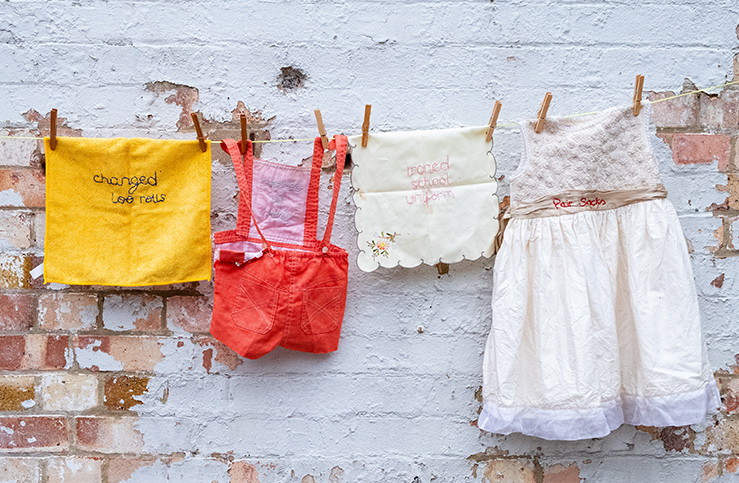
Mohammed Kazem
Mohammed Kazem’s Art Dubai Portrait Exhibition, entitled The Shape of Everyday features works from the early 1990s through today that have come to define the conceptual Emirati artist’s oeuvre. In an adaptation of the seminal series, Directions, Kazem’s hallmark scratching technique, and his exploration of materiality and the visualisation of light and sound, The Shape of Everyday combines a medley of profound ideas with his frank irreverence.
Enter your email to access the exhibition
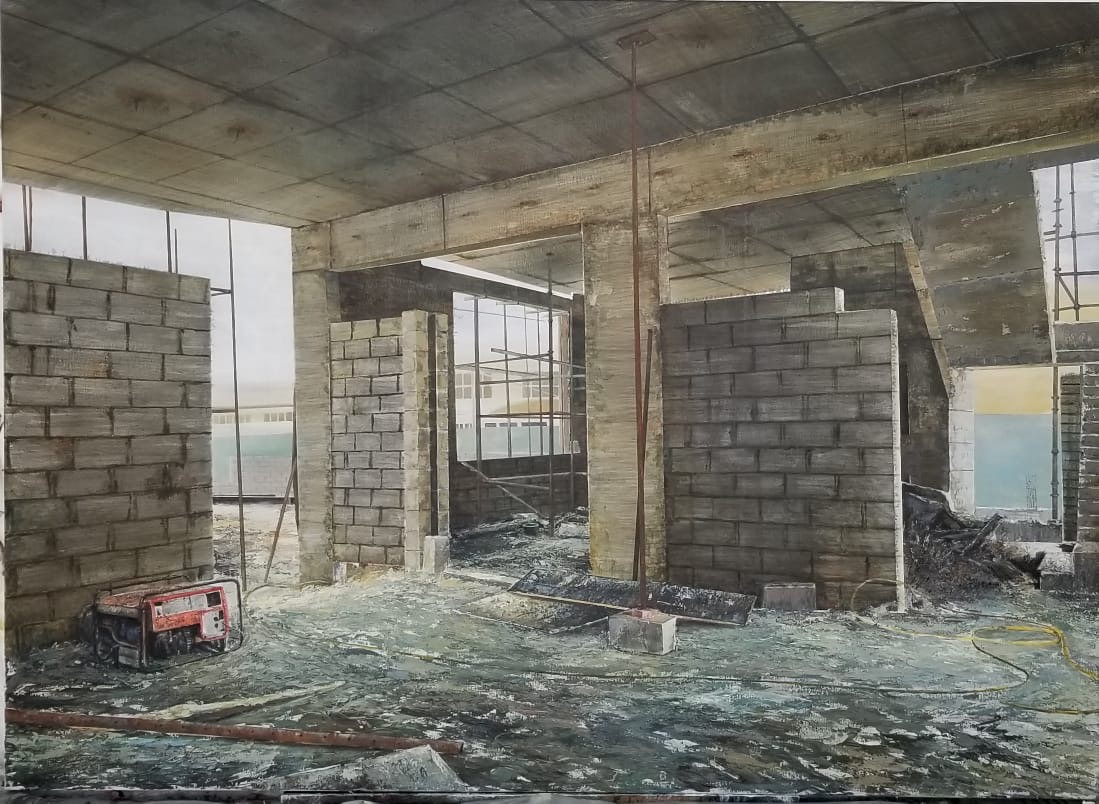
Abdul Rahman Katanani
The final Art Dubai Portrait Exhibition of the season presents works by Abdul Rahman Katanani, in which he examines the precariousness of our current conditions, as well as themes of hope, homeland, resilience and displacement — while considering future possibilities for different realities.
Enter your email to access the exhibition
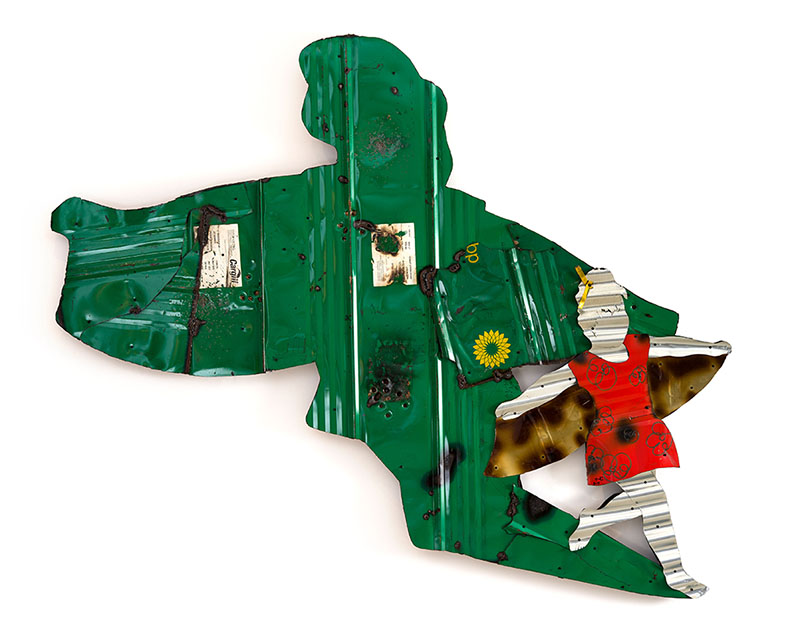
Timo Nasseri — Sep 29, 2020

Mohamed Ahmed Ibrahim — Oct 15, 2020
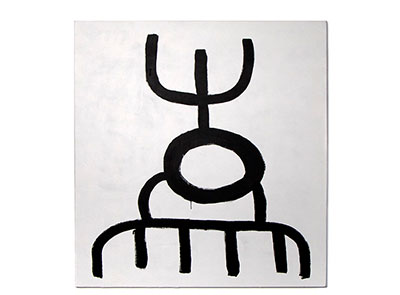
Dia al-Azzawi — Nov 2, 2020
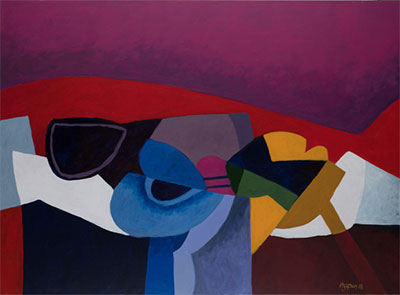
Naqsh Collective — Nov 16, 2020
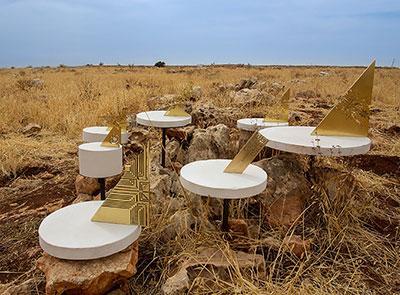
Aya Haidar — Dec 2, 2020

Mohammed Kazem — Jan 14, 2021

Abdul Rahman Katanani — Feb 25, 2021
